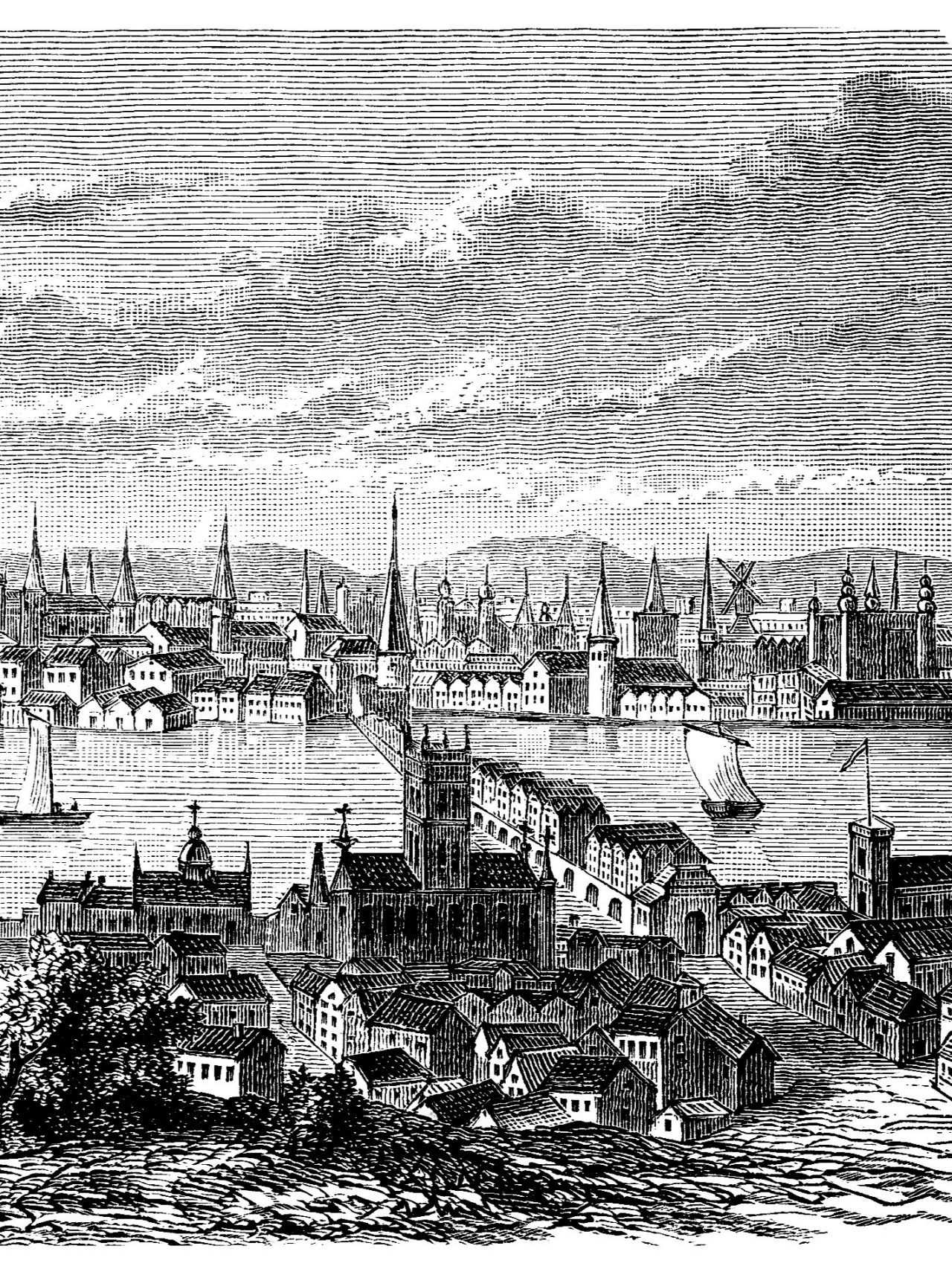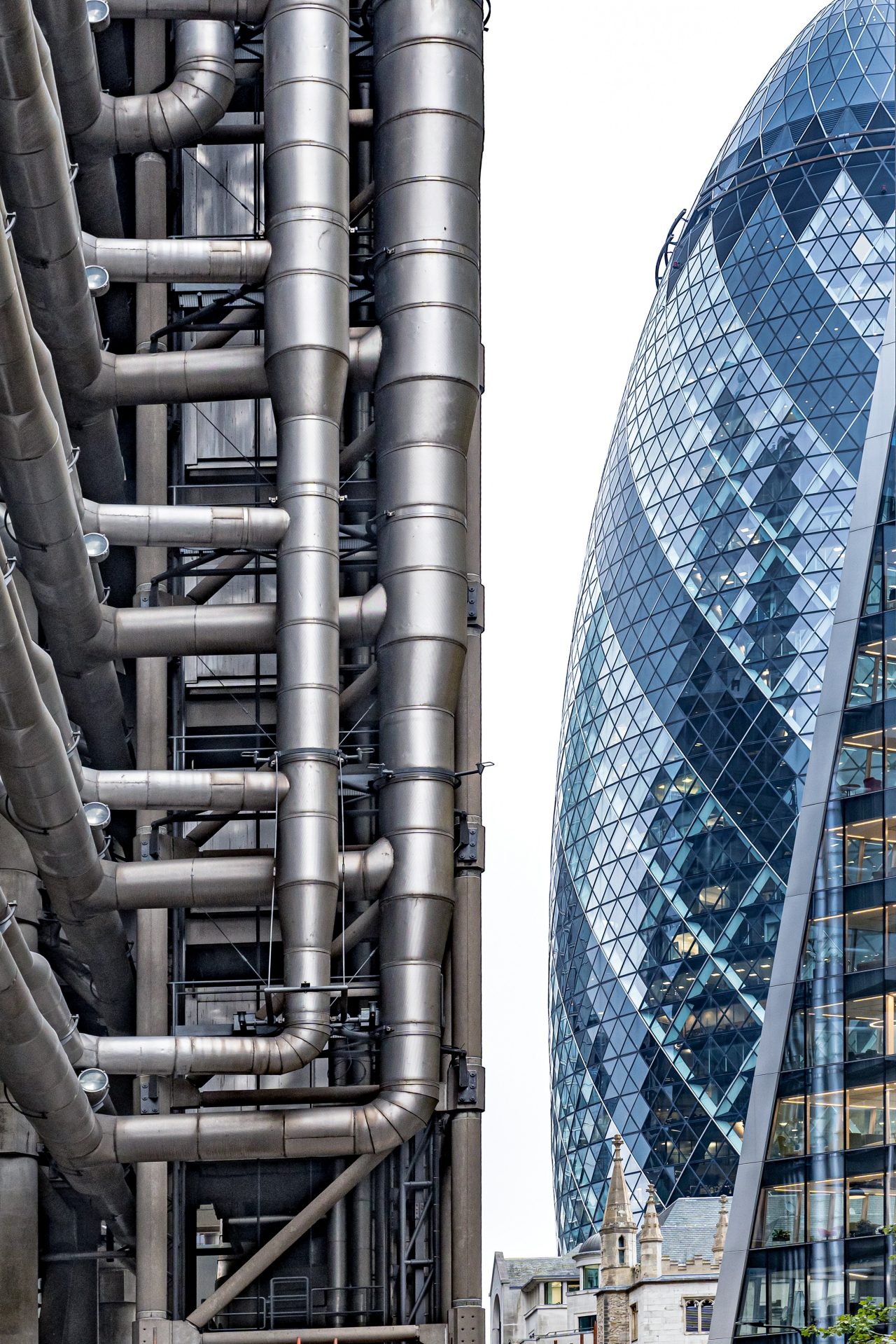About Us
Syndicate Management
Investing at Lloyd's
tax-corporate-services
News
The numbers of investors may not be as high as in some previous decades and centuries, but interest is growing, driven by strong returns and the structural advantages available, including investors’ ability to earn returns on the capital that they provide to Lloyd’s which allows underwriters to accept risk on their behalf. All of this has been enabled by the arrival, and finessing, of limited liability vehicles and the legal structures around them.
For more than three hundred years, enterprising individuals (“Names”, in Lloyd’s jargon) have underwritten specialist risks at Lloyd’s. For three hundred of those years, Names’ liability has been unlimited.
From the beginnings in Edward Lloyd’s coffee house right into the 1990s, a Name could lose everything and become bankrupt in the event of large insurance losses. To stand the test of time, institutions evolve; so did Lloyd’s in the 1990s, when a series of market-wide issues, not least of which were claims around asbestosis and pollution, changed the nature of the market.

The Lloyd’s market was initially built upon a tried and tested principle: Names personally underwrote policies with all their underlying assets exposed.
As investors rather than employees, what we would today call high-net worth (or ultra-high-net worth) individuals, provided capital directly to syndicates, and in return for a share of their underwriting profits, accepted the possibility of unlimited liability for any losses.
In prosperous years, returns could be vast: more than one fortune was made, doubled or tripled at Lloyd’s across the centuries. Downturns, of course, exposed individuals to life-changing losses. The 1980s saw membership swell to over 33,000 Names, buoyed by tax incentives and the allure of high profits tied as much to investment gains earned on the float of premiums and reserves generated, as from underwriting prowess.
In hindsight, that uncontrolled market expansion marked the beginning of the end of unlimited liability at Lloyd’s. Complex exposures arising from insurance businesses reinsuring each other and unquantifiable long-tail liabilities from asbestos and pollution claims (sometimes lying dormant for decades, like an asbestos fibre) pushed the market to the brink.
The late 80s and early 90s saw Lloyd’s rocked by significant losses. Many Names faced enormous debts. The market’s, by then, outdated reporting and governance structures buckled under unprecedented claims and legal challenges.
Mounting losses and lengthy legal battles brought calls for radical reform. The solution? To abolish boom and bust (an ambition shared by the Government of the time). In 1993, Lloyd’s allowed the entry of corporate members offering limited liability capital, marking the most profound change in its history.
By the early 2000s, the proportion of individuals writing on an unlimited basis had plummeted. The market was restructured through the landmark “Reconstruction and Renewal” plan, notably with the creation of reinsurance entity, Equitas, to reinsure pre-1993 liabilities containing the fallout from long-tail claims (Lloyd’s equivalent to the good bank/bad bank split).
The gradual phasing out of unlimited liability Names reflected broader shifts in global financial services. By 2014, Names with unlimited liability contributed just a few percent of Lloyd’s underwriting capital, with limited liability investors and corporations now responsible for the overwhelming majority.

To enable individuals to invest at Lloyd’s, but within the limited liability framework, limited companies (known as “NameCos” in Lloyd’s jargon) and limited liability partnerships (“LLP”) were allowed to enter as investors.
A NameCo is a private limited company formed for the purpose of underwriting at Lloyd’s, while an LLP is a partnership structure that can also underwrite at Lloyd’s, but is fiscally transparent and treated as a partnership for tax purposes.
Together, these two limited liability structures form the backbone of Members’ Agents offerings, though some Members’ Agents like Argenta Private Capital Ltd have created additional structures, including Starter Homes, to broaden accessibility. These are in effect slight variations on the above.
For limited liability (both corporate and individual) to function successfully, a resilient and robust regulatory framework was put in place. An Act of Parliament (Lloyd’s Act 1982) had defined a Council of Lloyd’s responsible for market oversight, supported by the Franchise Board and nowadays, sits under the watchful supervision of UK financial regulators: the FCA and PRA.
A sequence of governance and structural changes have also helped Lloyd’s recalibrate performance and oversight, prioritising sustainable returns and effective capital deployment. For example, initiatives like “Decile 10,” launched in 2018, targeted underperforming syndicates and lines of business to improve profitability and market discipline.
Today’s oversight plan focuses on syndicate management, delegated authority control, and ongoing engagement with market participants, including structured monitoring and scrutiny.
Board engagement and independent non-executive supervision are central, with clear interventions for underperformance, ensuring the market’s integrity and sustainability to ringfence the Central Fund (the payout vehicle of last resort) in the age of limited liability.
While nostalgia surrounds the revival of Lloyd’s Names and echoes of its 18th-century origins, the Lloyd’s market is a vastly transformed institution: no longer defined by personal fortunes staked in coffee house syndicates, but by sophisticated capital structures and robust governance.
Limited liability structures now facilitate the provision of professionalised underwriting capital, enabling investment without risking entire individual fortunes. These legal and structural changes are balanced by reforms in risk management and oversight that reflect global best practice.